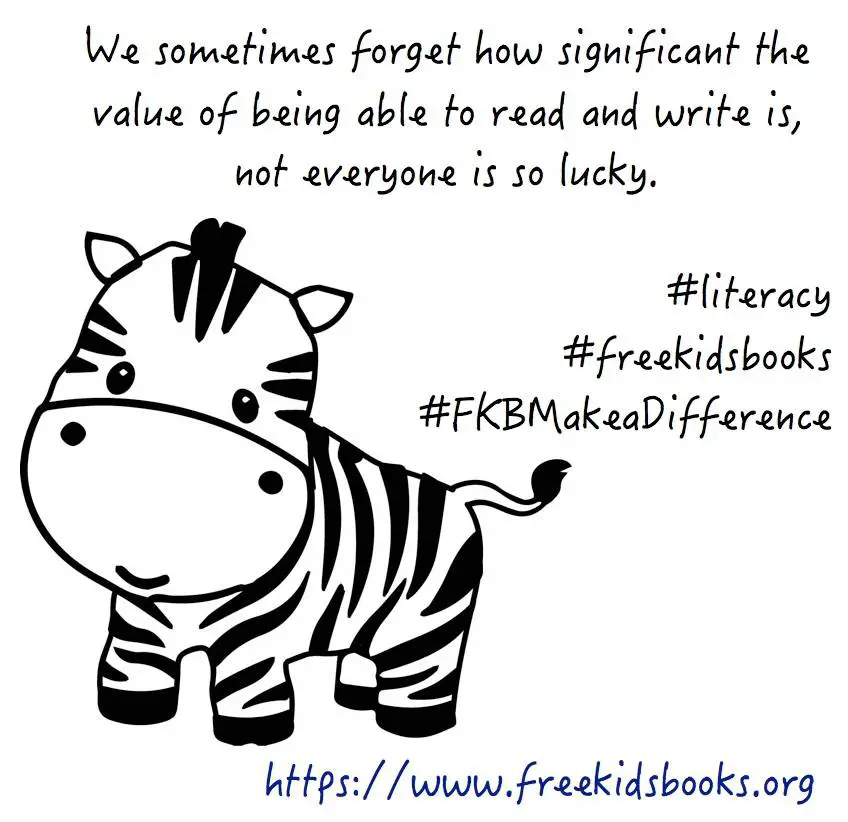Today, more and more children get diagnosed with dyslexia, ADHD, or other developmental disorders. This can be explained by the fact that there are many modern tools that allow doctors to make the diagnosis at a very young age. For example, only a couple of decades ago, kids were not tested for dyslexia at all, and only boys were assessed for autism.

Luckily, the medical field now allows testing younger generations from a very early age. This is extremely beneficial for the kids and their families. Doctors say that the earlier you start treating these disorders, the better results you can get! Don’t worry, though, with modern treatment protocols, every person of any age can get the help they need to feel better!
As you probably already know, dyslexia is one of the learning disabilities that have a negative effect on letter and number perception. In other words, a person with this condition might have difficulties with reading, writing, and using numbers. Some students who have been diagnosed with dyslexia use essays for sale services. This way, they don’t have to worry about deadlines!
For those people who are worried about their children and their health, there are some very specific guidelines to follow to ensure they can get the help needed early. So, here are 6 signs that your child might be dyslexic!
What is dyslexia?
So, before taking any steps, let’s start with the basics! First of all, dyslexia is not an illness. This is a learning disability, which makes it harder for some people to read and remember written information. Second of all, it is a common misconception that this condition is related to issues with intelligence. This is not true! Dyslexic people just don’t read as well as others, while many have a very high level of spacial intelligence and logical reasoning.
Recent research says that more than 15% of all people demonstrate some signs of dyslexia or similar reading disorders. At the same time, you can’t outgrow it, so if you have been diagnosed in your childhood, it won’t just go away on its own, but there are plenty of techniques, teaching approaches, and inclusive interventions that help people manage this condition! Also, the digital age makes for much easier adaption for dyslexics with tool such as speech-to-text/text-to-speech and normally a diagnosis of dyslexia will qualify students for extra exam time.

6 signs to watch out for
Now let’s talk about some of the indications that your toddler might be dyslexic. It’s important to understand that you shouldn’t be making any diagnosis by yourself! Only a qualified professional can say for sure if your child has a learning disability. On the other hand, there are some symptoms to pay attention to to determine if you need an assessment. Speaking to the child’s teacher is also a good way to start out – teachers see hundreds of children and can accurately assess learning differences versus normal learning curves.
Late talking
This is one of the indications that your young child might have some issues with reading in the future. Of course, every kid is different. There are also other developmental disorders that can prevent a baby from learning to talk at an appropriate speed. In any case, this can be a sign for making an appointment with a doctor! Here are some important talking milestones:
- 12 months – first words;
- 18 months – some simple words, body parts, objects;
- 2 years – short phrases;
- 3 years – short sentences.
Issues with remembering names, colors, and numbers
This sign can also be traced from a fairly early age. Similar to other problems on this list, this could be a symptom of other disorders as well. Your toddler can be extremely confused by arithmetic symbols, numeric sequences, or just even simple numbers. It should be mentioned that this is not an issue with their memory!
Avoiding reading at all costs
It’s only logical that a child doesn’t want to do something that is very hard for them. So, in case a parent notices that their kid doesn’t want to read, maybe it’s time to ask some follow-up questions! For example, try asking about the reasons for such behavior. Children are not very good at explaining things, but you might hear something about confusing numbers or letters.
Inability to keep up with reading norms at school
Children with dyslexia should be encouraged to study with other kids in an inclusive environment. At the same time, a lot of cases remain undiagnosed, and teachers don’t pay enough attention to those pupils who are a little behind on their reading standards. Here is what can be done to help these learners to keep up:
- use different approaches to learning;
- offer multisensory activities;
- present information in small sections;
- always support children and give them more time if they are struggling.
Credit: https://unsplash.com/photos/je240KkJIuA
Issues with spelling and writing
It’s not really a surprise that those learners who struggle with reading can’t write properly. They are also likely to have messy unreadable handwriting. Because of writing issues, such pupils might need more time for their assignments. Don’t confuse this with a developmental disorder! Research shows that dyslexic kids have normal or above-average levels of intelligence.
Letter reversal
All children mix up b’s and d’s or p’s and q’s at some point in their journey to learn to read and write, however, if you notice a consistent pattern in letter or number reversal – reading words or numbers backward, consistent reversal of letters even with capitals, or similar traits it is one of the strong markers of dyslexia, especially if your child met all the other learning milestones.
To Sum Up
So there you have it, 6 signs that your child might be dyslexic! It’s very important to understand that dyslexia can’t be completely cured, but it can be managed! Children who have been diagnosed grow up and have completely normal lives with a few minor adjustments to their reading and writing routines.










